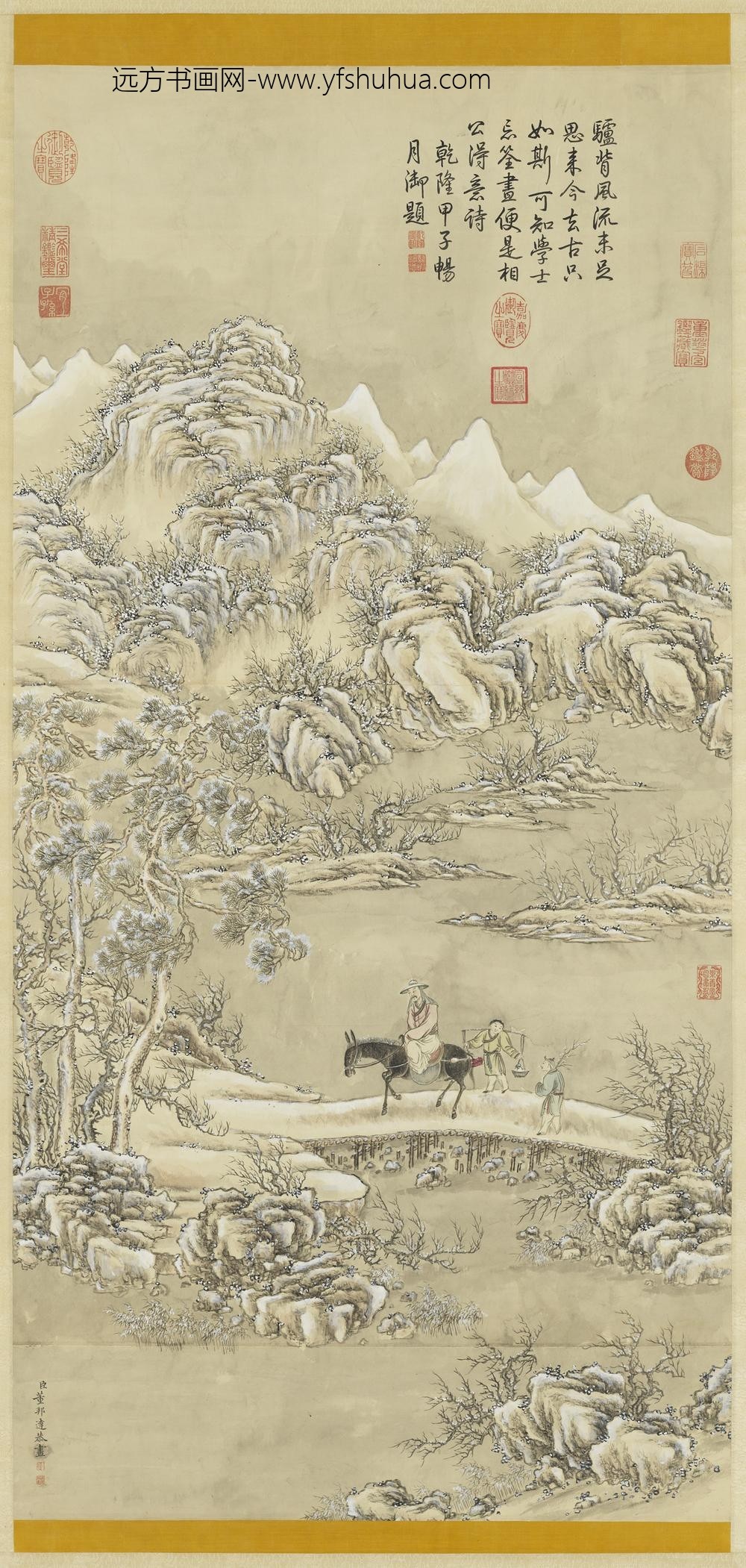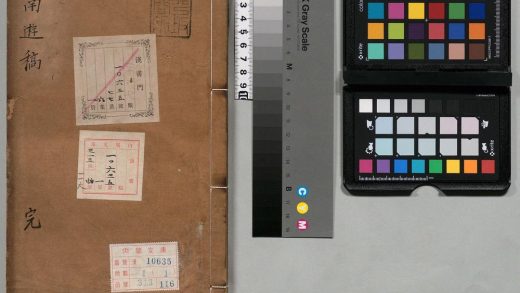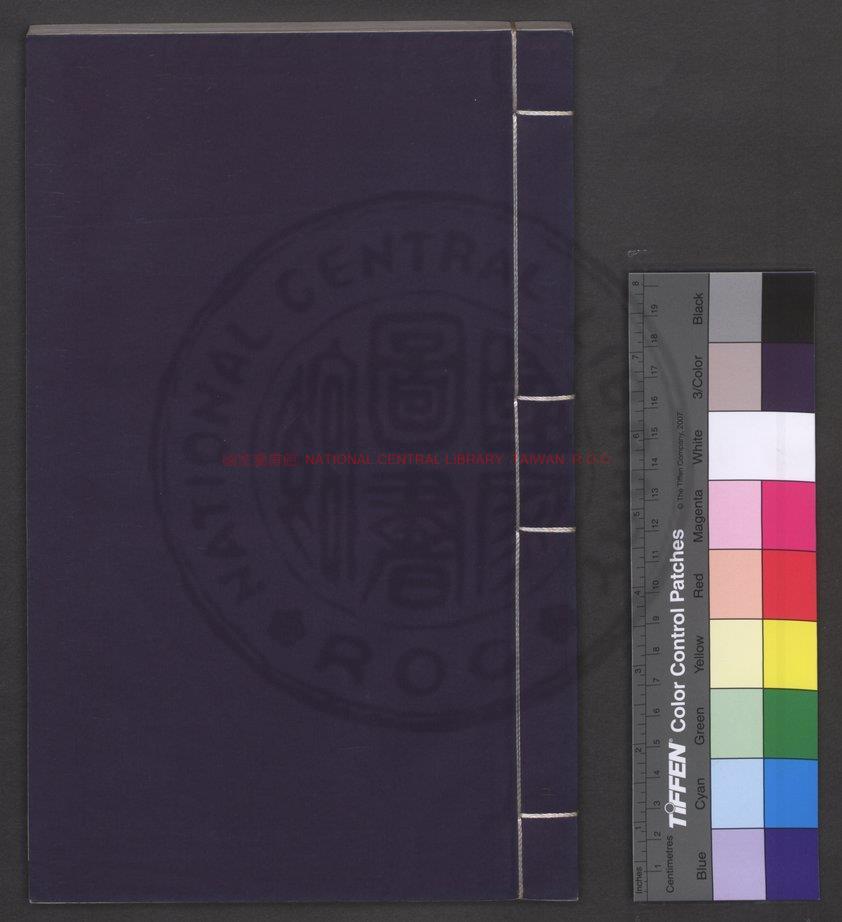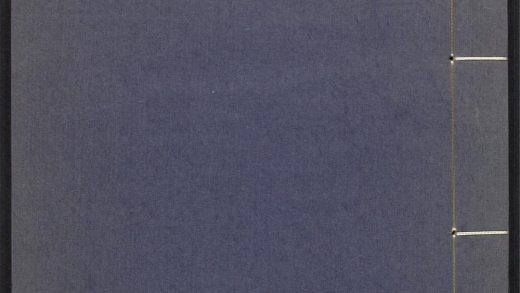【作品基本信息】
| 作者 | 董邦达 |
| 品名 | 灞桥觅句图轴 |
| 朝代 | 清代 |
| 文件大小 | 18.0MB |
| 分辨率(DPI) | 300×300 |
| 像素大小 | 1690×3551 |
| 尺寸(CM) | 14.3×30.06 |
| 作品数量 | 1 |
| 作品收藏 | 台北故宫博物院 |
基本数据
| 藏品类型 | 绘画 |
| 品名 |
清董邦达灞桥觅句 轴 Seeking Poetic Inspiration on the Pa River Bridge |
| 分类 | 绘画 |
| 作者 | 董邦达 |
| 数量 | 一轴 |
典藏尺寸
| 【位置】 | 【尺寸】(公分) |
| 本幅 | 112.5×56.2 |
质地
| 【质地位置】 | 【质地】 |
| 本幅 | 纸 |
题跋数据
| 【题跋类别】 | 【作者】 | 【位置】 | 【款识】 | 【书体】 | 【全文】 |
| 作者款识 | 董邦达 | 本幅 | 臣董邦达恭画 | 楷书 | |
|
印记: 达、侍从臣 |
|||||
| 题跋 | 清高宗 | 本幅 | 乾隆甲子(公元一七四四年)畅月御题 | 行书 | 驴背风流未足思。来今去古只如斯。可知学士忘筌画。便是相公得意诗。乾隆甲子(公元一七四四年)畅月御题。 |
|
印记: 乾隆宸翰、几暇临池 |
|||||
印记资料
| 【印记类别】 | 【印记】 |
| 鉴藏宝玺 | 乾隆御览之宝 |
| 鉴藏宝玺 | 宣统御览之宝 |
| 鉴藏宝玺 | 嘉庆御览之宝 |
| 鉴藏宝玺 | 重华宫鉴藏宝 |
| 鉴藏宝玺 | 乾隆鉴赏 |
| 鉴藏宝玺 | 石渠宝笈 |
| 鉴藏宝玺 | 三希堂精鉴玺 |
| 鉴藏宝玺 | 宜子孙 |
| 鉴藏宝玺 | 乐善堂图书记 |
主题
| 【主题类别】 | 【主题(第一层)】 | 【主题(第二层)】 | 【主题说明】 |
| 主要主题 | 山水 | 冬景(雪景) | |
| 其他主题 | 树木 | 松 | |
| 其他主题 | 走兽 | 骡.驴 | 驴 |
| 其他主题 | 花草 | 梅(白.红.蜡梅) | 白梅 |
| 其他主题 | 其他 | 扁担 | |
| 次要主题 | 建筑 | 桥 | |
| 其他主题 | 树木 | 寒林.枯树 | 枯树 |
| 其他主题 | 树木 | ||
| 次要主题 | 人物 | 侍从(侍女、童仆) | 童仆2人 |
| 其他主题 | 人物 | 高士(士人、隐士) | 士人1位 |
| 其他主题 | 山水 | 江河、湖海 | 江河 |
技法
| 【技法】 | 【技法细目】 |
| 写意 | |
| 皴法 | |
| 苔点 |
参考数据
| 【类别】 | 【参考数据】 |
| 收藏着录 | 石渠宝笈初编(重华宫),下册,页811 |
| 收藏着录 | 故宫书画录(卷八),第四册,页108 |
| 收藏着录 | 故宫书画图录,第十二册,页53-54 |
| 内容简介(中文) |
董邦达(公元一六九九至一七六九年),字孚存,号东山,浙江富阳人。雍正朝进士,乾隆时襄编石渠宝笈诸书,仕至礼部尚书。画山水由董其昌入手,得元人笔墨精神,而以清丽取胜。 一人骑驴过桥,状至悠闲。二童后随,一人肩担,一人手持梅枝,依题意,是写唐人灞桥诗思的典故。按「全唐诗话」记载:相国郑綮善诗,有人问他:「相国近为新诗否?」他回答说:「诗思在濡桥风雪中驴子上,此何以得之?」 |
| 内容简介(英文) |
Tung Pang-ta (1699-1769)(style name Fu-ts’un, sobriquet Tung-shan) was a native of Fu-yang, Chekiang. During the reign of Emperor Ch’ien-lung (1736-1796), Tung assisted in the compilation of such books as the catalogue of imperial collections, Shih-ch’u pao-chi. Eventually, he was promoted to the presidency of the Board of Rites. With the paintings of the Ming master Tung Ch’i-ch’ang as his model, Tung Pang-ta’s landscapes captured the spirit of Yuan dynasty artists, achieving clarity and elegance. A man on a mule is crossing a bridge in an easy, leisurely manner. Two boys follow, one bearing a shoulder pole with a bundle on either end, and one carrying a sprig of plum blossoms. According to the inscription, the painting illustrates the origins of the sentiment in a T’ang poem about crossing the Pa River bridge. It is recorded that the prime minister Cheng Ch’ing was skilled in writing poetry. Once, when he was asked if he had composed anything new, he answered that poetic inspiration could be obtained in riding a donkey across the Pa River bridge amidst blustering snow, how could one have a goetic sentiment here and now? |
| 内容简介(中文) |
「灞桥」横跨渭水支流灞水上,为进入古长安的交通要道。「灞桥觅句」典故出自《全唐诗话》:唐代相国郑綮善于作诗,当被问及近日有否新诗时答说:「诗思在灞桥风雪中驴子上。」显示苦心追求诗作灵感。 董邦达(公元一六九九年—一七六九年)浙江富阳人。雍正十一年进士,乾隆二年授编修。曾参加《石渠宝笈》、《秘殿珠林》、《西清古鉴》编纂工作。画山水善用枯笔钩勒,皴擦多逸致。(20091016) |
| 内容简介(英文) | In the past, the Ba Bridge was a major route into Chang’an crossing the Ba River, a tributary of the Wei River. The title here comes from Tales from Complete Tang Poetry: Prime Minister Zheng Qing of the Tang excelled at poetry. Asked when he would compose a new poem, he answered, “Verse comes on the back of a donkey in a blizzard on the Ba Bridge.” In other words, inspiration for poetry is hard to come by. Dong Bangda, a native of Fuyang in Zhejiang, was a Presented Scholar (jinshi) of 1733 and in 1737 became a compiler at court, working on such major volumes of Qing court art catalogues as Shiqu baoji, Bilin zhulin, and Xiqing gujian. In landscape painting, he excelled at using dry strokes to outline the forms, his texturing quite untrammeled.(20091016) |
| 参考书目 | 林宛儒,〈清董邦达灞桥觅句 轴〉,收入《以文会友-雅集图特展》(台北:国立故宫博物院,2019.10),页218-221、281。 |
【作品展示】

清董邦达灞桥觅句轴




